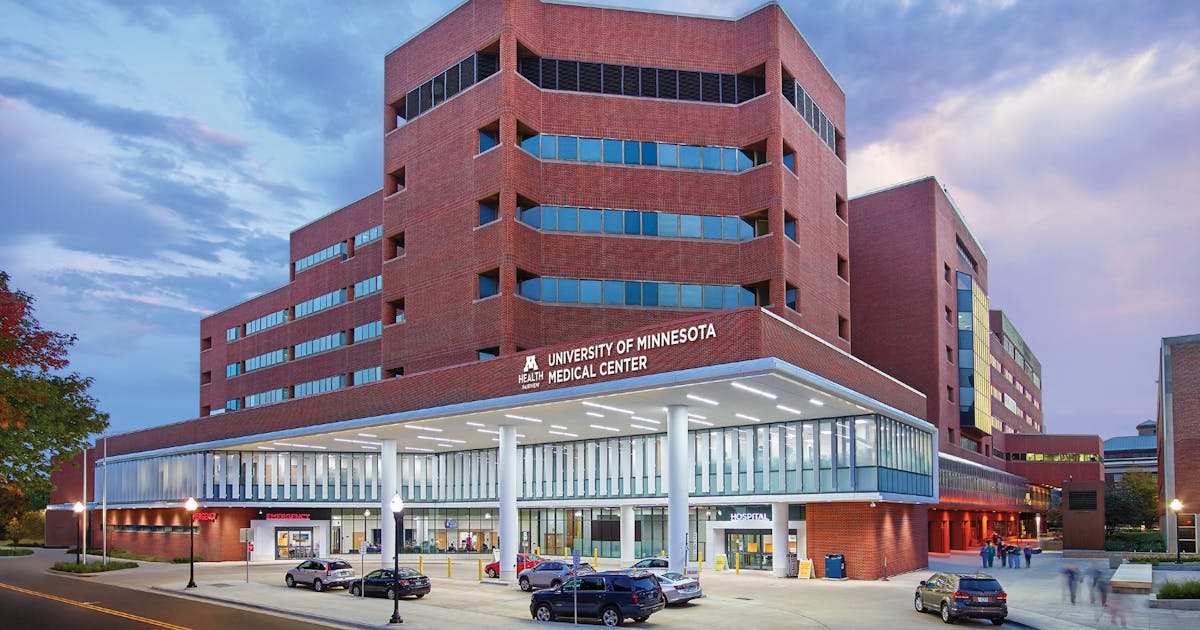
Opinion editor’s note: Star Tribune Opinion publishes a mix of national and local commentaries online and in print each day. To contribute, click here.
•••
Every winter, we at medical schools across the nation anticipate the release of research rankings that show how we measure up to our peers. Based on funding from the National Institutes of Health (NIH), the Blue Ridge Institute for Medical Research crunches the numbers and compares how much funding we competitively earned through grants.
Again this year, the University of Minnesota Medical School is in the Top 25 of all U.S. medical schools, and in the Top 10 of public medical schools. Why is this important? These are critical outside resources we bring to Minnesota that support the research and discoveries that lead to healthier lives and better health care.
Medical schools nationwide are competing for the same external funding and talented professionals. The U must demonstrate that our team, this institution and our state can provide the environment for groundbreaking research and innovative care not possible elsewhere. That’s what academic health and medicine are all about — the relentless pursuit of better care and outcomes for our patients.
Our mission-driven work for Minnesota was significantly supported by targeted state funding in 2016 to develop Medical Discovery Teams. These teams of leading researchers and doctors target four critical issues for our state — reducing the impact of aging, combating the scourge of addiction, protecting brain health, and advancing rural and Indigenous health. Thanks to state support, we have recruited top physicians and scientists to Minnesota to work on behalf of Minnesotans’ health.
These leaders and the research funding they helped generate are showing promising results through our Addiction Team, which is exploring noninvasive brain stimulation approaches to combat substance abuse, and through the Aging Team, which is unveiling possible treatments that are ready for trials to determine the impact on the aging process.
From 2017, when these experts began arriving at the university, the medical school moved from $143 million in NIH awards won, to $295 million in 2023. That’s a 107% increase in funding — spanning a time when the overall NIH budget increased only by 43% — showing we outperformed many of our peers.
Those grant dollars reflect the University of Minnesota’s health care and health education mission at work, in collaboration with the state’s top hospitals and health systems, world-renowned industries within our Medical Alley, and supportive policy leaders at all levels. The university has been able to bring the benefits of our comprehensive set of health sciences colleges to bear on the state’s toughest challenges.
But there’s more to it. As someone who cares for children with cancer, I can tell you that survival odds have improved from less than 60% in 1975 to nearly 85% in 2022.
Notable improvement, but not good enough. When the standard of care delivers an 85% chance of success, academic health pushes forward to achieve a 100% survival rate. We increase that rate through careful and funded research that improves outcomes for all children.
Achieving nothing short of the highest standards for all Minnesotans is critically important. By attracting and retaining top faculty, we can deliver the primary care and life-changing advances patients need. The research and discoveries of top physician scientists are also a magnet for talented students who will become the caring physicians for Minnesota families and communities. Nearly 70% of those now caring for Minnesotans studied or trained at the University of Minnesota.
We need continued and strong state support to continue this focus for the future. Sustaining our research leadership and competitiveness is critically important if we are to ensure the next generation will be well-equipped to sustain a healthy Minnesota.
Dr. Jakub Tolar is dean of University of Minnesota Medical School and vice president for clinical affairs.
